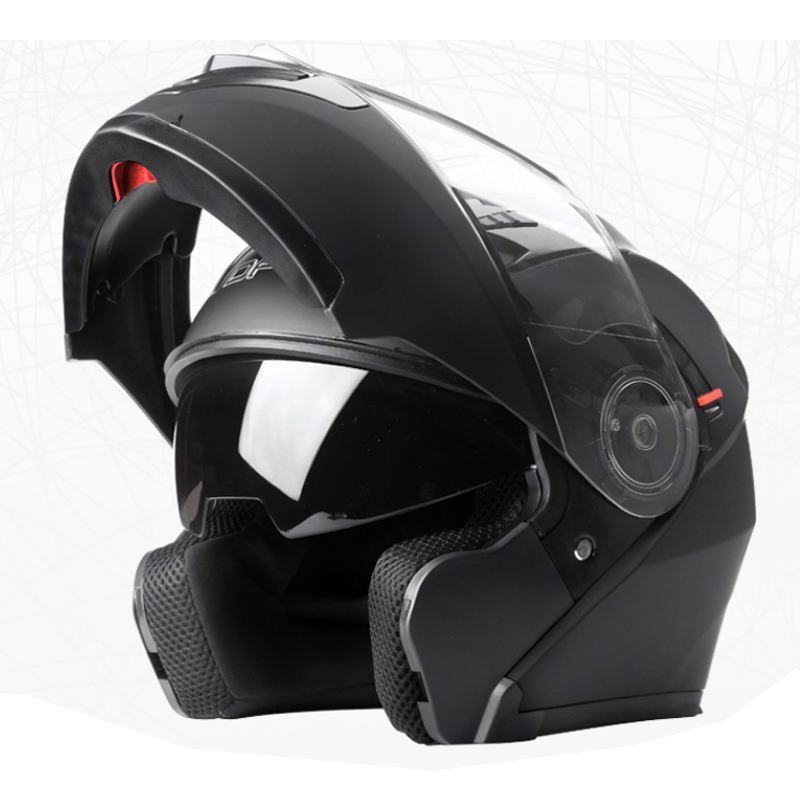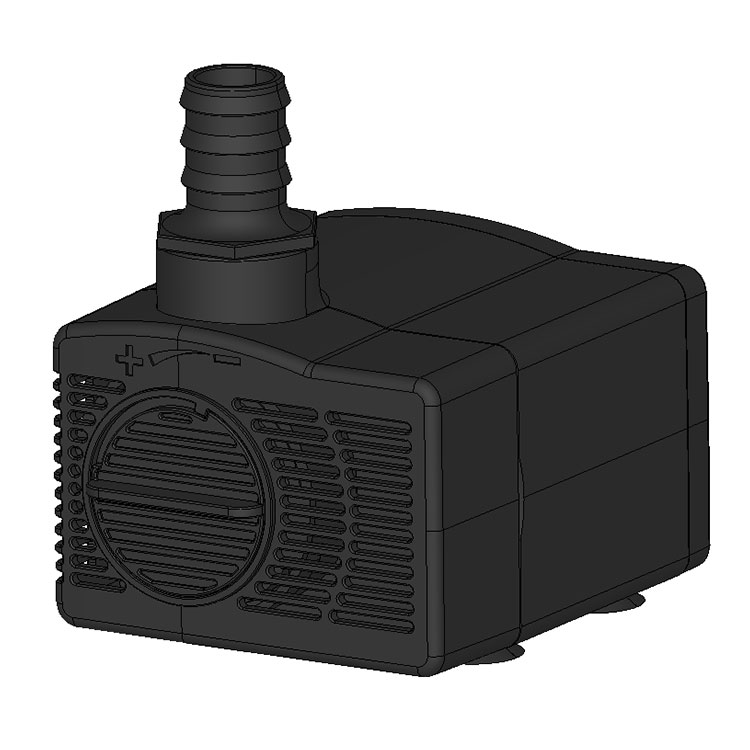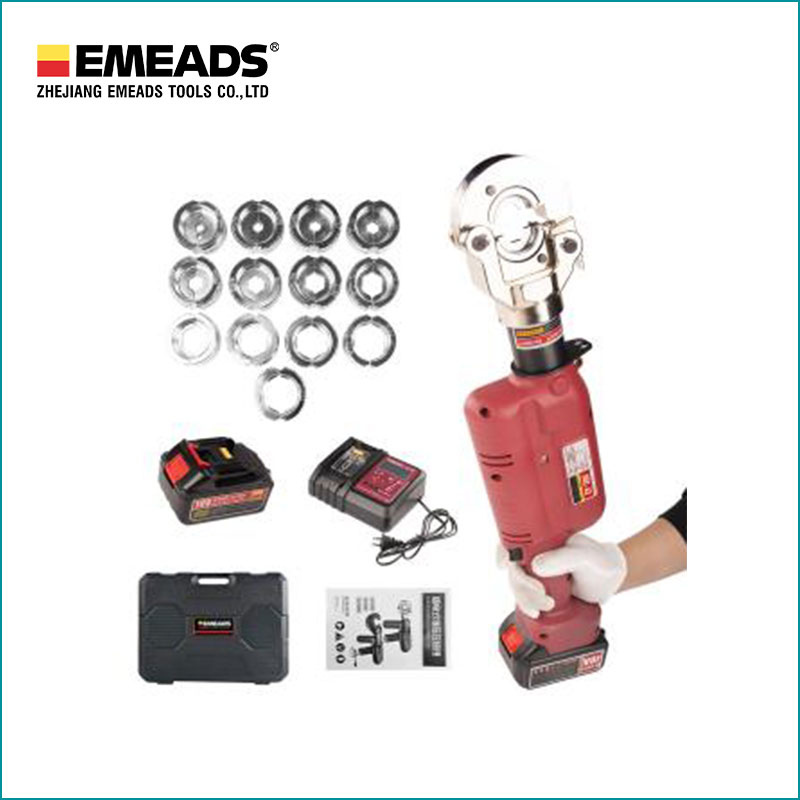Clutch Release Bearing Delong
A failing or worn-out clutch release bearing can exhibit several symptoms that indicate it may need replacement. If you experience any of the following issues, it's essential to have your vehicle inspected by a qualified mechanic to diagnose the problem accurately:1. **Unusual Noise**: One of th......
Send Inquiry
Product Description
A failing or worn-out clutch release bearing can exhibit several symptoms that indicate it may need replacement. If you experience any of the following issues, it's essential to have your vehicle inspected by a qualified mechanic to diagnose the problem accurately:
1. **Unusual Noise**: One of the most common symptoms of a bad clutch release bearing is a high-pitched or grinding noise when you press the clutch pedal. The noise may be especially noticeable when you engage or disengage the clutch. This noise is often described as a "whirring" or "whining" sound.
2. **Difficulty in Shifting Gears**: A failing release bearing can lead to difficulty in shifting gears, especially when engaging or disengaging the clutch. You may experience resistance or feel that the gears are not engaging smoothly.
3. **Clutch Pedal Vibration**: A worn-out clutch release bearing can cause vibrations or pulsations in the clutch pedal when you press or release it. This sensation can be felt through the pedal and may indicate an issue with the bearing.
4. **Clutch Slippage**: As the clutch release bearing wears out, it may not fully disengage the clutch. This can result in clutch slippage, where the engine's power is not efficiently transmitted to the transmission, causing a loss of power and acceleration.
5. **Burning Smell**: If the clutch release bearing is not fully disengaging the clutch, it can cause excessive friction and generate a burning smell. This can occur due to the clutch slipping against the flywheel or pressure plate.
6. **Clutch Drag**: Clutch drag happens when the clutch disc doesn't completely disengage from the flywheel when the clutch pedal is pressed. This can cause the transmission to remain engaged, leading to difficulty in shifting gears or stalling the engine when at a stop.
It's important to address clutch release bearing issues promptly to prevent further damage to the clutch system and other components of the transmission. If you notice any of these symptoms, it's best to have your vehicle inspected by a qualified mechanic who can diagnose the problem and recommend the appropriate repairs or replacement of the clutch release bearing if necessary.








